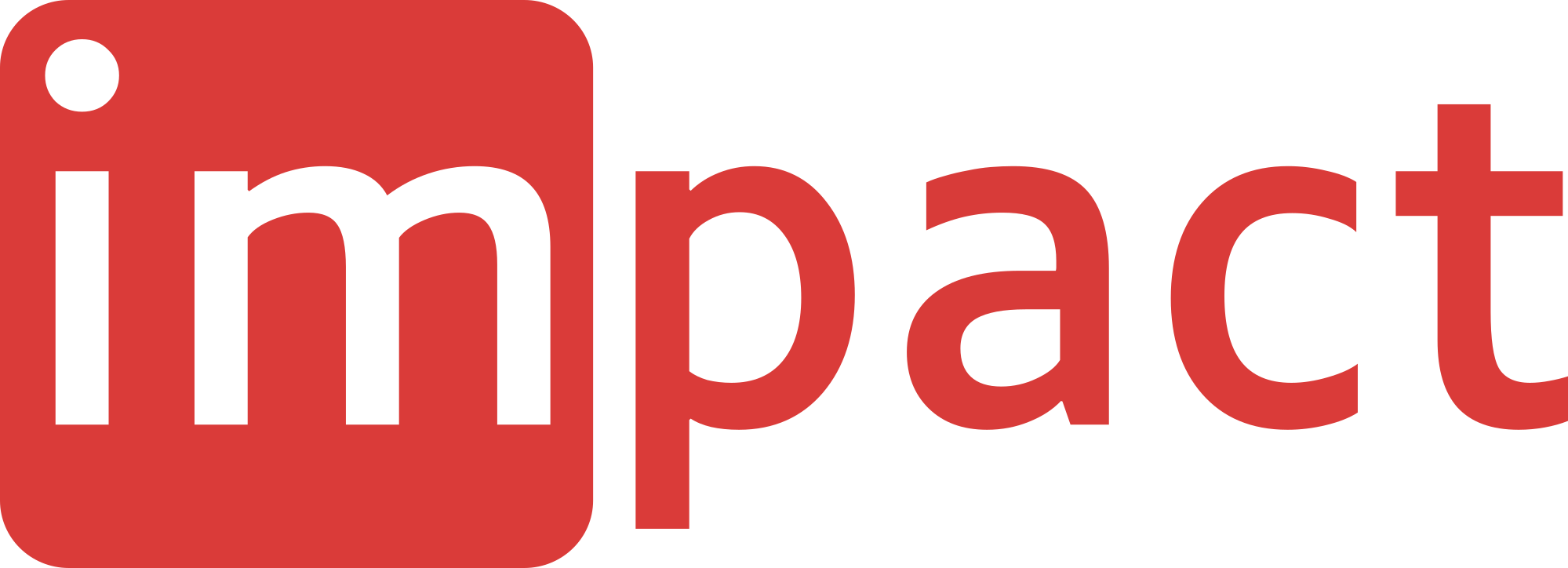
Why the IMPACT project?
In 2015, a UN committee conducted its first review of how the EU complies with the UN Convention on the Rights of Persons with Disabilities (UNCRPD). The Committee noted that the EU institutions needed to make more efforts to fulfill their commitment to make communication accessible to people with disabilities.
In a decision of the European Ombudsman (Strategic Survey OI / June 2017 / EA) on how the European Commission ensures that people with disabilities can access its websites from December 2018, there is a need for Mandatory accessibility training for all staff working on websites. Hence the creation of the IMPACT project.
IMPACT means inclusive method based on perception of accessibility and compliance testing. This project is a strategic partnership bringing together parties from different fields dealing with innovation in higher education, with a focus on three European priorities:
- Curriculum development that meets the needs of the labor market and society
- Education open to the digital age
- Social inclusion
What are the activities related to the project?
Development
IMPACT will create a skills sheet of the new professional profile for the implementation of the EN 301 549 accessibility standard, design a modular curriculum, develop training materials for as free educational resources for vocational training on how to apply the EN 301 549 accessibility standard.
Evaluation
The evaluation carried out by end-users and future trainees (students and trainers) will ensure the quality of resources and provide a benchmark of evaluation methods. IMPACT will certify the new profile and educational components for academic and professional levels: ECTS / ECVET. This will ensure recognition at EU level and sustainability of the project.
Training
At present, most digital web content is not accessible and there is no clear or recognized professional status (EU ACT 2015 project). The experts trained by IMPACT via the European Accessibility Standard - EN 301 549 will have the skills to provide high quality accessible content in different contexts: website, technologies and tools.
The training will prepare for three different work environments: face-to-face, online and relay. This opens up new employment opportunities for people with and without disabilities.
